Tampa’s overlooked boom-time neighborhood

Nestled among sprawling oaks and curved roads with names like Fairway, Fore, and Bogie lies an interesting neighborhood whose homes, judging by their general sizes and ages, belie the area’s history. Though it dates from the storied 1920s boom years, the neighborhood is not located in South Tampa or Temple Terrace. And though it was designed and named after a golf course, the course has undergone a name change.
The Community – Forest Hills – and its golf course, now known as Babe Zaharias, is as old as Davis Islands, Beach Park, and Temple Terrace but does not receive the same attention as any of its contemporaries.
The Forest Hills neighborhood, originally part of a much larger area known as “Tampa’s North Side Country Club,” was created in 1926 by Tampa real estate developer Burks L. Hamner.
Hamner had already attained a great deal of success earlier in the decade when he partnered with several other investors to create Temple Terrace. He is also credited with establishing the Parkland Estates neighborhood just west of Howard Avenue between Swann and Morrison Avenues.
Both Parkland Estates and Temple Terrace were well underway by 1926, and, despite the ominous signs of slower land sales, shortages of building materials, and an overall backlash against Florida real estate, Hamner pushed forward with his plans to build a new golf course community. Golfland, located in the southern half of his North Side Country Club, is the nucleus of today’s Forest Hills/Babe Zaharias neighborhood.
While the layout of the 18-hole golf course has changed over the years, much has remained the same since the start of Hamner’s development. Many of the streets retain their original names, including the abovementioned Fairway, Fore, and Bogie, plus other golf-themed names like Underpar, Teegreen, Divot, and Elbow. One name, Anglenine, has since been altered to Angeline, with the majority of the street completely renamed to Forest Hills Drive. Linebaugh Avenue was, and is, the southern limit of Golfland/Forest Hills, and Lake Eckles and Lake Eckles Drive made up the northern boundary (Eckles Drive is now known as Forest Hills Drive too). Woodleigh Avenue, since changed to Armenia Avenue after the latter street was extended this far north, was Golfland’s western boundary, and North Boulevard was the border to the east.
Hamner’s Golfland neighborhood was just a small part of his larger North Side Country Club community.
View more maps from the Touchton Map Library Collection.
The North Side community was aptly named – it sat at the northern edge of the City of Tampa, well north of most existing neighborhoods at the time, including West Tampa, Seminole Heights, and Sulphur Springs. Due to its location, Hamner marketed, developed, and sold the North Side community from south to north. The first subdivision, appropriately named El Portal (The Entrance), was platted in October 1925 with Waters Avenue as its southern border. Just north of that was South Gate, which was almost completely sold out by the end of December 1925, according to newspaper accounts from that time.
His main focus, though, was Golfland. He decided to go against the prevailing architectural trends, which were dominated by the Mediterranean Revival family of styles, incorporating a Tudor style into the neighborhood. Several homes from this era still exist, and they certainly stand out from the more common 1950s and 1960s block ranch-style homes. One dominating Tudor structure that does not remain is the original golf club clubhouse. It burned down and was replaced by a much simpler building.
After the real estate crash of late 1926, land sales in Forest Hills, and Florida in general, diminished greatly. The situation worsened after the 1929 stock market crash and the onset of the Great Depression. World War II brought prosperity back to the Tampa area, but it took time for it to make it all the way up to Forest Hills. Burks Hamner died in 1948, and his heirs decided to sell their stake in the golf course.
During this same time, Mildred “Babe” Didrikson Zaharias was becoming a national celebrity. Her athletic prowess had already won her gold medals in the 1932 Olympic Games, plus dozens of other awards and endorsements.
By the late 1930s, she turned her attention to golf. Like every other sport she participated in, she became a world-class golfer. The sport even brought her a husband when she married professional wrestler George Zaharias after they met in a golf tournament in January 1938. They married a year later and bought the Forest Hills golf course in 1951 (according to Babe Zaharias’s obituary in the New York Times). Zaharias had recently been named the greatest female athlete of the first half of the 20th century.
Their time in Tampa did not last long, owing to their travel schedules and Babe’s cancer diagnosis.
Still, they improved the golf course and renamed it the Tampa Golf and Country Club. Unfortunately, they were forced to sell the course when Zaharias’s cancer returned. She passed away in her home state of Texas in 1956 at the age of 42.
The golf course again fell into disrepair and was eventually acquired by the City of Tampa in 1974.
The Tampa Sports Authority, which operates the course, has worked to upgrade the irrigation system and condition of the course. As a fitting tribute, the golf course is named in honor of its former owner, Babe Zaharias.
The Tampa Tribune originally published this article on July 28, 2013.


